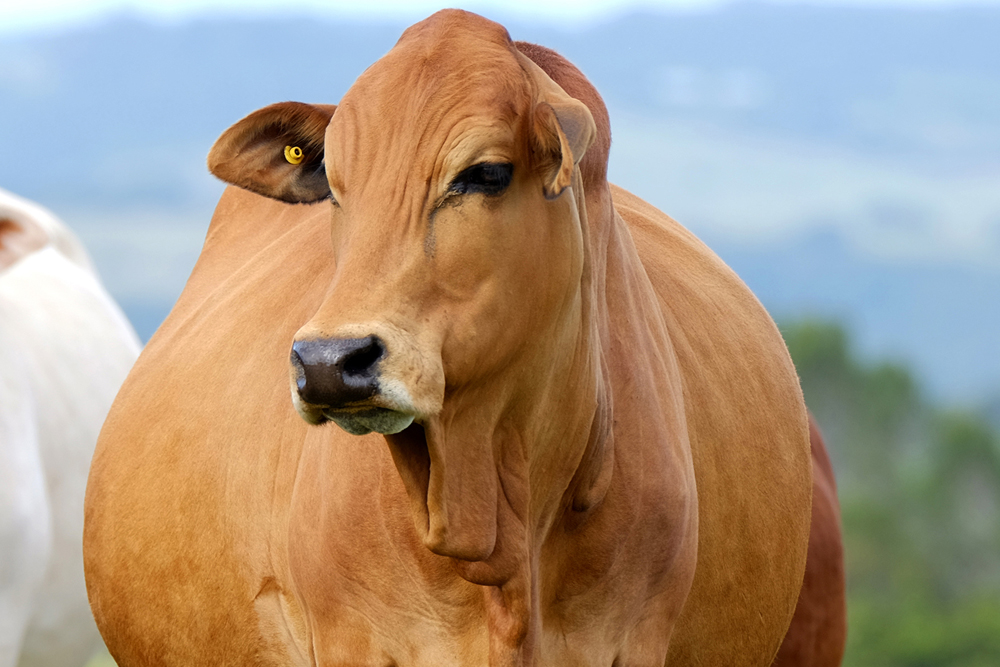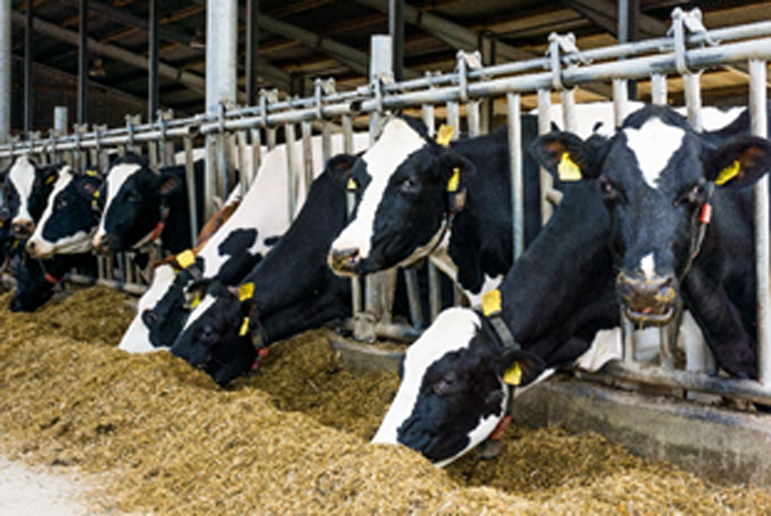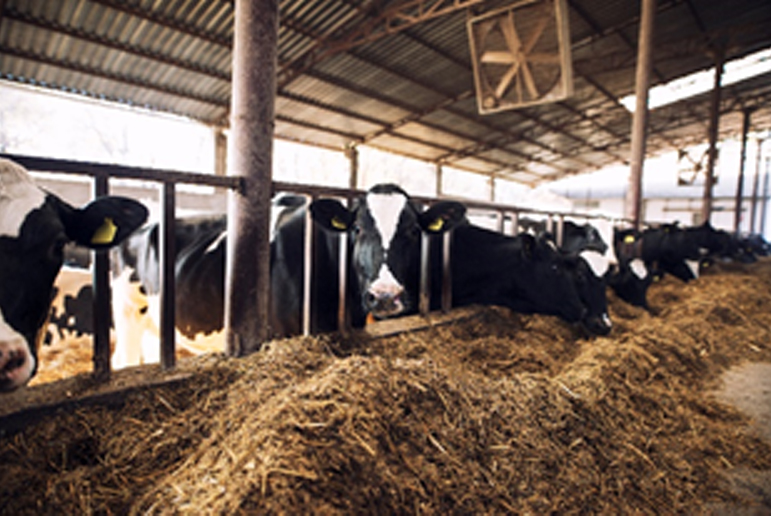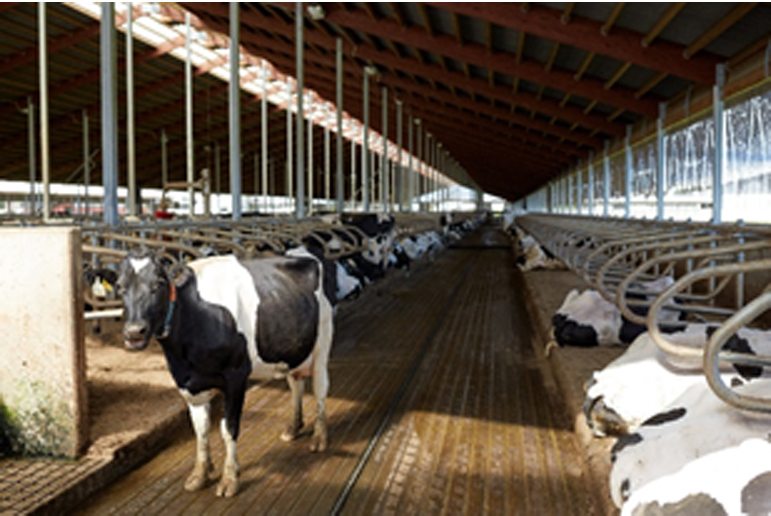CLOSE-UP DRY COWS - TRANSITION DAIRY COWS NUTRTION

The close-up dry cow group includes cows within 21 days of expected calving. A cow’s immune system becomes down three weeks after calving. Maintaining dry matter intake is also critical at this time. The fetus’ nutritional needs continue to rise three weeks before delivery, although dry matter consumption drops by 10% to 30%. When energy demands are high and the amount of feed consumed directly correlates to milk production, maintaining feed intake prior to calving can have an impact on feed intake after calving.
Over-conditioned cows, on the other hand, can cause problems. When compared to cows with lower BCS scores, dairy cows who are over-conditioned (BCS more than 3.5) in the last three weeks of pregnancy had a considerably lower feed intake in the period shortly before calving.
These cows are fed a hotter ration, which is intermediate in nutrient density compared to the far-off dry cow diet and milking-cow diet. A properly implemented close-up dry cow program can improve dry matter intake (specifically, the amount of feed with all water removed) after calving and decrease the incidence of metabolic

disorders such as milk fever. Improving dry matter intake and reducing metabolic problems at or just after calving results in cows peaking higher in milk production, and cows give more milk over the entire next lactation. Thus, the goal is to allow cows to start the transition in a stepwise process to a more nutrient-dense ration before calving. After calving, cows will be ready to enter the milking herd and be fed the milking herd ration, especially if it is a total mixed ration.
Always remember that managing cows correctly during the transition period is one of the most important factors for overall farm success.
Within the two days after a cow calves, the energy needs of that cow more than double
- The metabolic stress associated with the increased energy demand can be dramatic.
- How the cow handles this stress and moves through the transition period influences her production, health, ability to become pregnant again and ability to remain in the herd.

During the transition period, nutrient requirements increase to support fetal growth and colostrum and milk production. Dairy cows are at greatest risk of developing diseases and conditions leading to involuntary culling during this time. Monitoring the transition dairy cow is important to recognize changes in performance.
The establishment of a routine and a consistent system to collect, analyze and interpret herd records is essential to detect disruptions in performance
Here are some suggestions for properly managing your close-up dry cows.
- Clinical and subclinical milk fever can be prevented by feeding a low potassium diet with enough levels of anionic salts. Check the pH of the cows’ urine to anticipate their calcium status during calving and to track the effectiveness of an anionic ration.
- Fill the rumen with enough fodder to encourage cud chewing (5-6 pounds of long stem hay or straw per cow).

- Before calving, keep the cows fed.
- Provide feed bunk spacing of at least 36 inches per cow with post and rail feed bunks and 30 inches with headlocks to reduce rivalry.
- Stocking rates in free stall barns should be near 80% to avoid stress, and stalls should be large enough to handle close up dry cows. 120 square feet per cow is recommended for compost bedded pack barns.
- On a scale of 1 to 5, the bodily condition score should still be between 3.0 and 3.25.

- Use fans and sprinklers to reduce heat stress. Sprinklers should be turned on for 2 minutes and then off for 10 minutes while fans run continually.
- Once a week, move the cows into the close-up pen in groups.
We here in Dasan Dairy Feed, are producing best quality dairy feeds. We are using top quality ingredients and state-of-the-art technology to produce high quality feed/ high quality wanda. We are contributing in farmer trainings, animal welfare and sustainability of our planet, that are the major contributors of quality feed production leading to healthy food for our community on one side and prosperity of our farmers on the other side.
